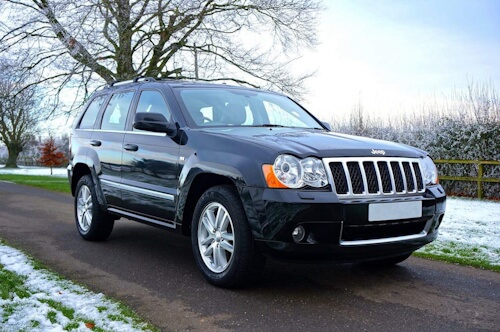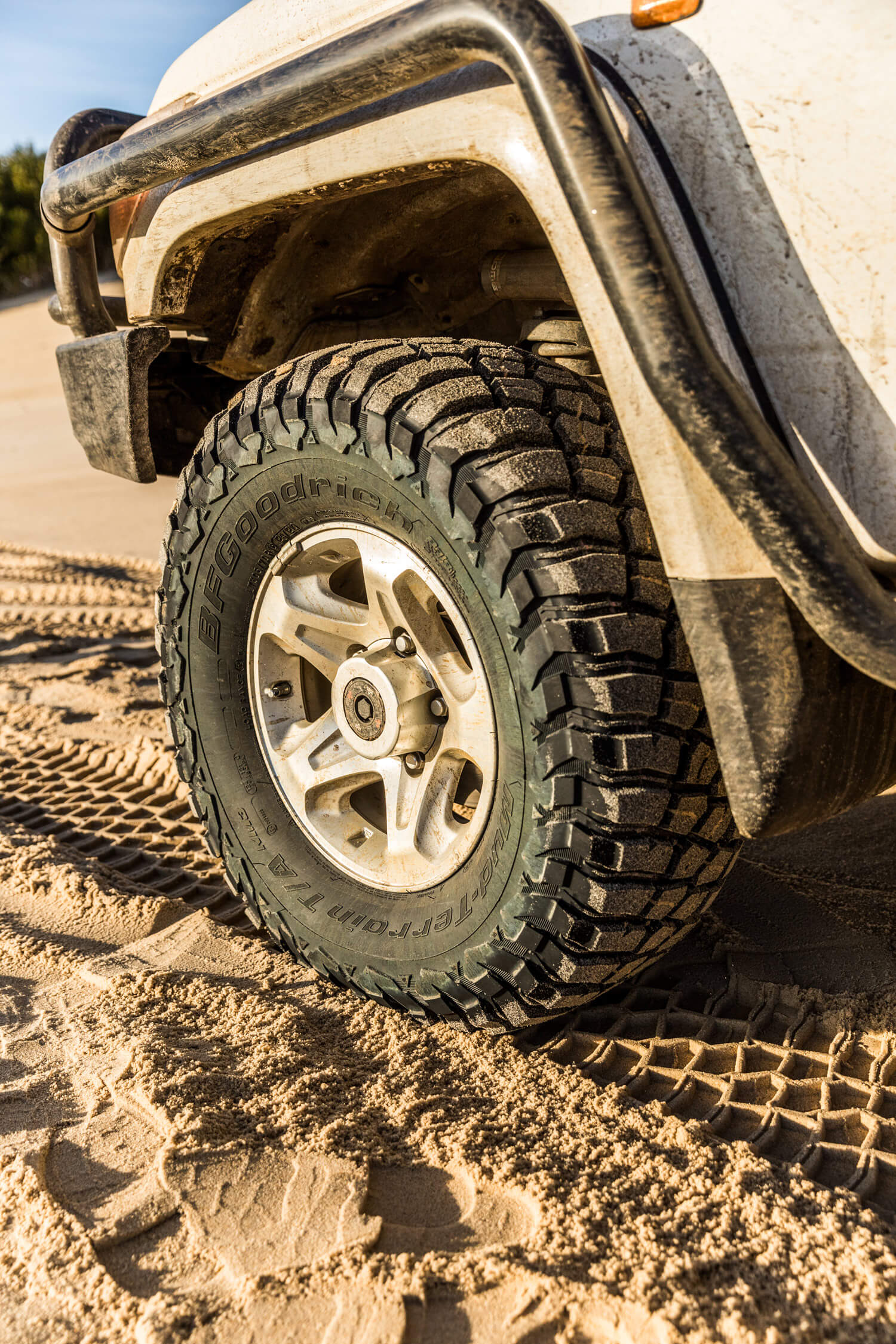With the help of a few simple techniques, anyone can save money on fuel no matter what kind of vehicle you may be driving. These techniques may not only save you money, but also improve your safety on the road and lessen the general wear and tear your vehicle encounters with aggressive driving habits.
There are a number of ways you can save money on fuel, let's take a look at just a few.
- Maintaining a steady speed
- Going easy on the pedal
- Coasting to decelerate
- Avoiding high speeds
Maintaining a steady speed
As it states, maintaining an average speed, especially out on the open highway, is a great way to save on fuel. Tests have shown that you use 20% more fuel while dipping and accelerating your speed between 75km and 85km over an 18 minute period.
Anticipating the traffic ahead also allows you to safely maintain a safe and steady speed. Keeping a good distance between you and the car in front of you allows you enough time to brake gently, reducing any wear on your vehicle's components.
Go easy on the pedal
Jumping on the accelerator in traffic or to overtake on the highway is a very common thing, but the harder you accelerate the more fuel you will use. Try to gently accelerate your car from a stand still up to 20kmph over a 5 second period. This will dramatically decrease your fuel usage by around 15%. Think of this, an open cup of coffee on your vehicle’s dashboard. Just try not to spill it!
Coasting to decelerate
Going hard on the brakes, or using your gears (pressure locking) to decelerate will no doubt use more fuel. By giving yourself plenty of room on the road, you will have time to coast and slow down. This means your engine will not be unnecessarily revving higher as you reduce speed.
Avoiding high speeds
When traveling on the highway, stick to the speed limit. It's been reported that 20km over the speed limit will cause a 20% increase in fuel consumption. If anything, staying just under the speed limit while driving longer distances will save you a considerable amount of money at the pump.
Other ways to reduce your vehicle's fuel consumption can be achieved by considering the following tips. . .
Fuel reporting system
It has been proven that fuel management systems are an effective piece of kit in reducing fuel consumption. Most aftermarket systems will display fuel consumption, gear change recommendations (manual only) plus much more. Most modern cars on the market these days come standard with fuel consumption units built into their on dash displays.
Avoid excessive weight
It goes without saying that towing or over packing your vehicle will lead to higher fuel consumption as your vehicle’s engine will be working harder pulling the extra weight. If you are heading away, only pack what you intend on using. There is no need to take everything you own.
Correct tyre pressures
Your tyre pressures play a huge role in saving fuel. Underinflated tyres cause a higher rolling resistance. Your vehicle has to work overtime to accelerate resulting in a higher amount of fuel being used. If you are unsure of your vehicle's correct tyre pressures, the reading can be found on your tyre’s sidewall or on your vehicle placard, which is located on the inside of your door.
Simple maintenance and upkeep
Simply maintaining your vehicle’s logbook servicing will ensure that it is not using excessive amounts of fuel. Looking out for wear and tear around your vehicle like damaged front fenders or side skirts, removing bike racks and other unnecessary items that are not always in use can reduce your vehicle's drag, saving you money on fuel.
With over 300 stores located around Australia, check out our store locator for one near you. Contact us for more information on how to save money with these tips.

























